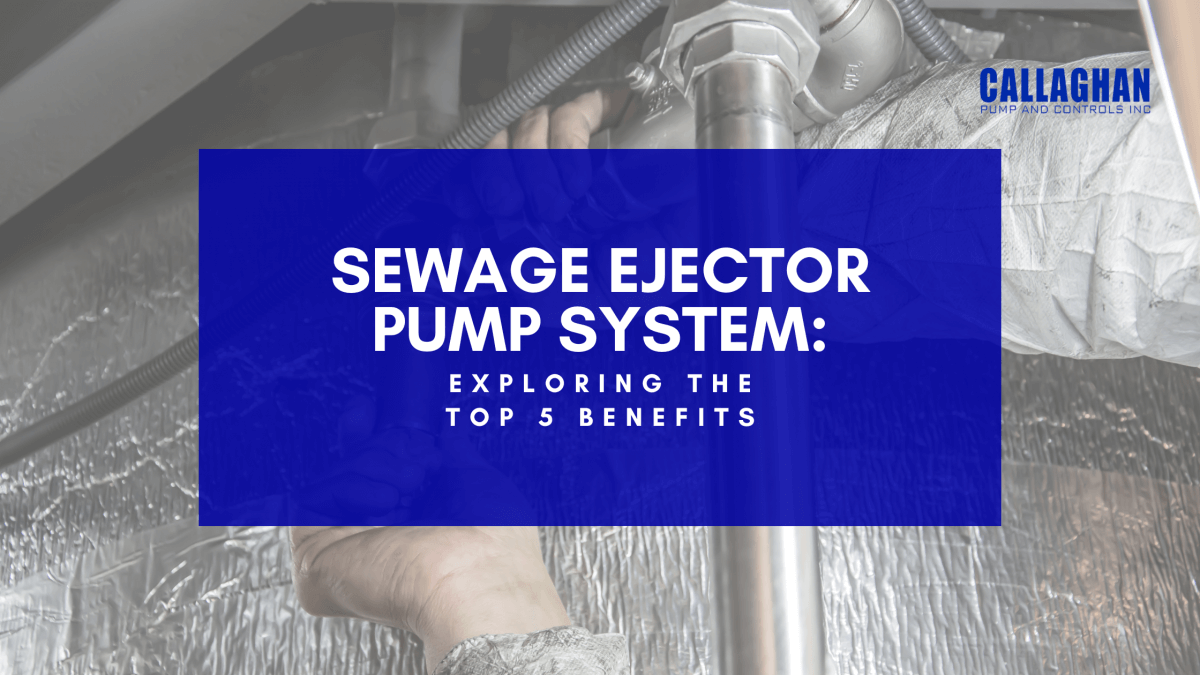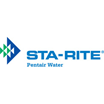Regarding Booster Pumps for Houses, they play a vital role in water delivery systems. They bring potable water to households, businesses, apartments, manufacturing sites, etc. These pumps help you increase water pressure inside the system to accelerate the water flow. This makes them highly effective in delivering pressurized water to high-rise buildings and other large facilities.
Importance of Booster Pump Maintenance
Whether you are planning to purchase a new booster pump or already own one, ensure you understand the different aspects of booster pump selection and maintenance. It is the process of keeping your booster pump in good working condition by regularly checking and cleaning your pumps and replacing any parts that are worn out.
Before we dive into the booster pump maintenance checklist, let’s take a quick look at why pump maintenance is so essential:
- Prevent costly repairs: It is reported that 80% of pump failures could have been prevented with regular maintenance.
- Ensure efficiency: Regular maintenance keeps your booster pump operating efficiently and reduces energy costs.
- Extend lifespan: Proper maintenance can extend the pump’s lifespan, saving you money on replacements.
- Consistent performance: Reliable water pressure is critical in various applications, and maintenance is key to ensuring consistent performance.
Booster Pump Maintenance Checklist
During the booster pump selection and maintenance, you need to check several key components to assess their health. Here’s a thorough checklist to help you keep your pump running smoothly and prevent it from breaking down:
- Visual Inspection
Begin with a visual inspection to diagnose any potential issues. Check for leaks, cracks, or corrosion on the pump housing, pipes, and fittings. Examine the motor and pump assembly for any signs of overheating, such as discoloration or burning smells.
- Electrical Components
Ensure that all electrical connections are operating correctly and are damage-free. This includes inspecting control panels for loose wires, damaged components, or signs of overheating.
- Plumbing
The plumbing system is critical to booster pump maintenance, so check for any blockages or debris in the intake or discharge lines. Inspect valves and pressure relief devices for proper pump operation. Tighten any loose connections or fittings.
- Lubrication
Water booster pumps often require lubrication for smooth operation. In general, this involves lubricating bearings and seals. It’s better to consult the manufacturer’s instructions for guidance on lubrication intervals and types of lubricants to use.
- Motor and Pump
Pay special attention to the motor and pump components. Monitor motor temperature during pump operation to ensure it stays within acceptable limits. Inspect impellers and seals for wear and tear. Also, check the alignment of the motor and pump assembly.
- Testing
Perform routine tests to verify that the booster pump is operating as expected. Measure and record water pressure and flow rates. Test the system under different load conditions to confirm performance and correct booster pump sizing.
- Cleaning
Keep the system clean to prevent debris and contaminants from affecting pump performance. Be sure to regularly clean intake screens and filters to avoid clogs. Remove any debris or sediment from the pump and tank.
Booster pump maintenance is critical for the reliability and longevity of water supply and pressure systems. By following this comprehensive checklist, you can prevent costly breakdowns, maintain efficient operation, ensure correct Booster Pump Sizing, and extend the life of your pump. Start your maintenance routine today to reap the benefits of a reliable pump system.
Contact us for more information!














